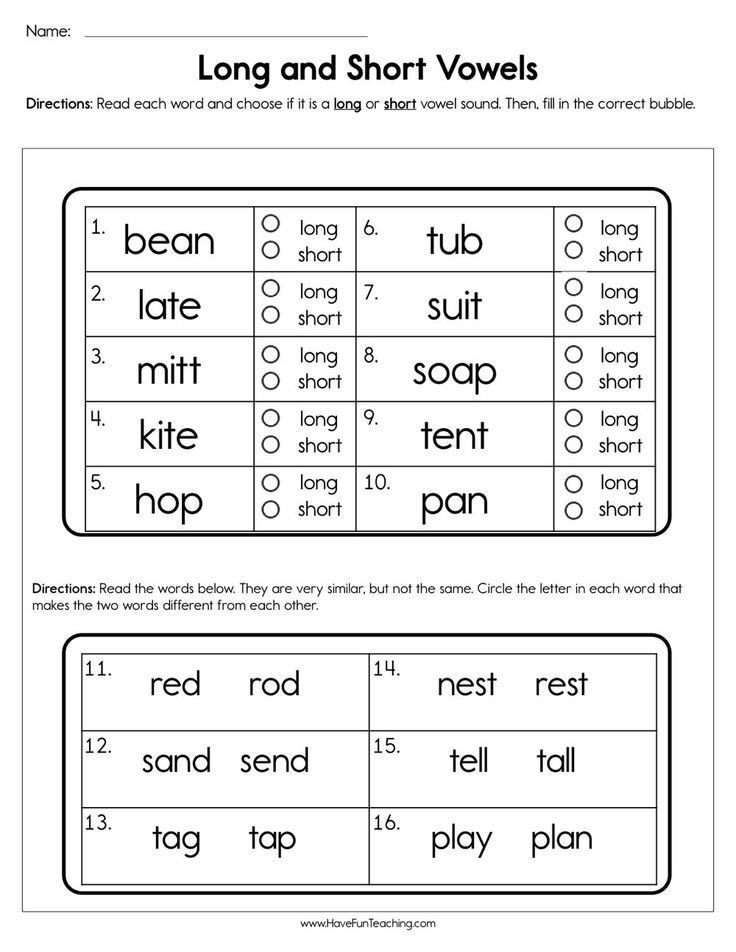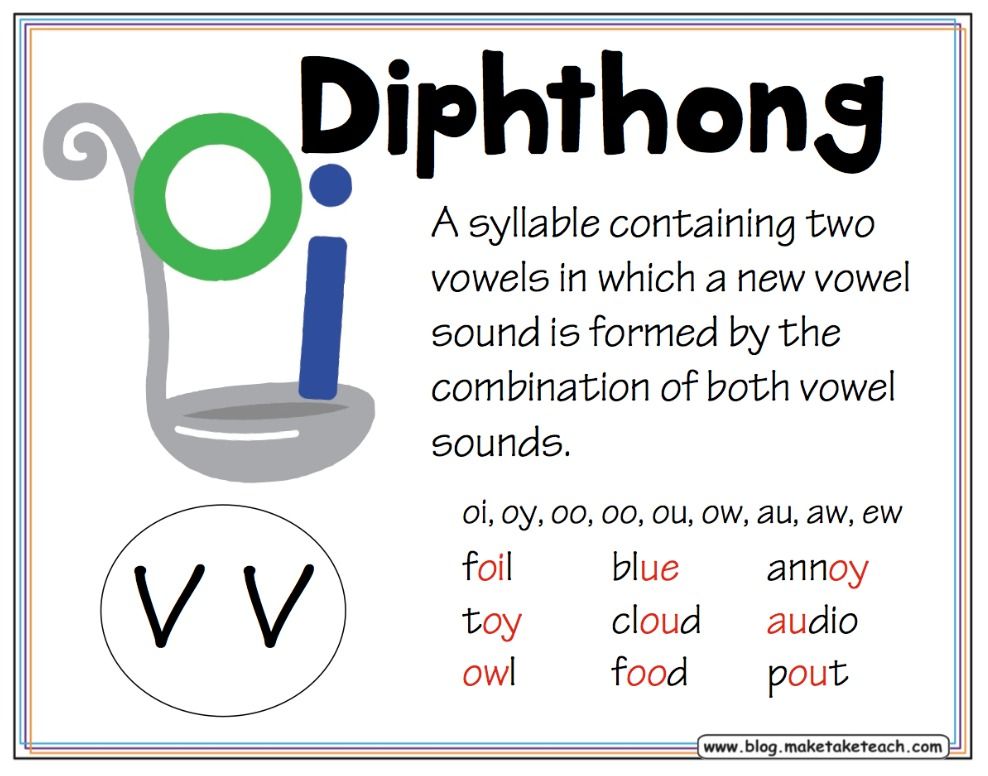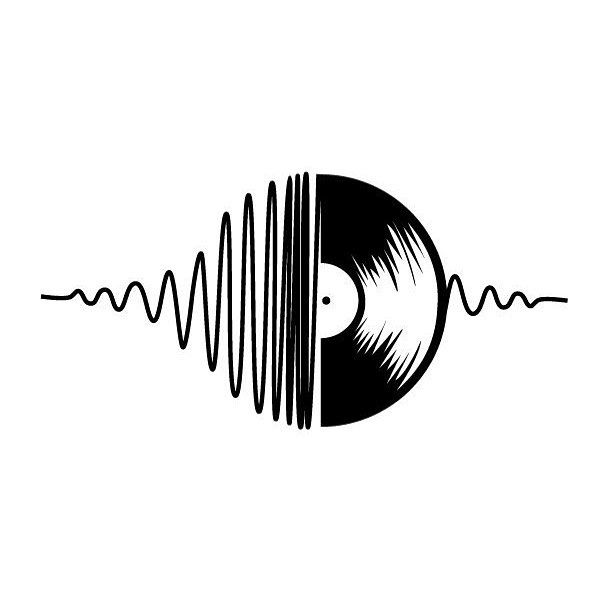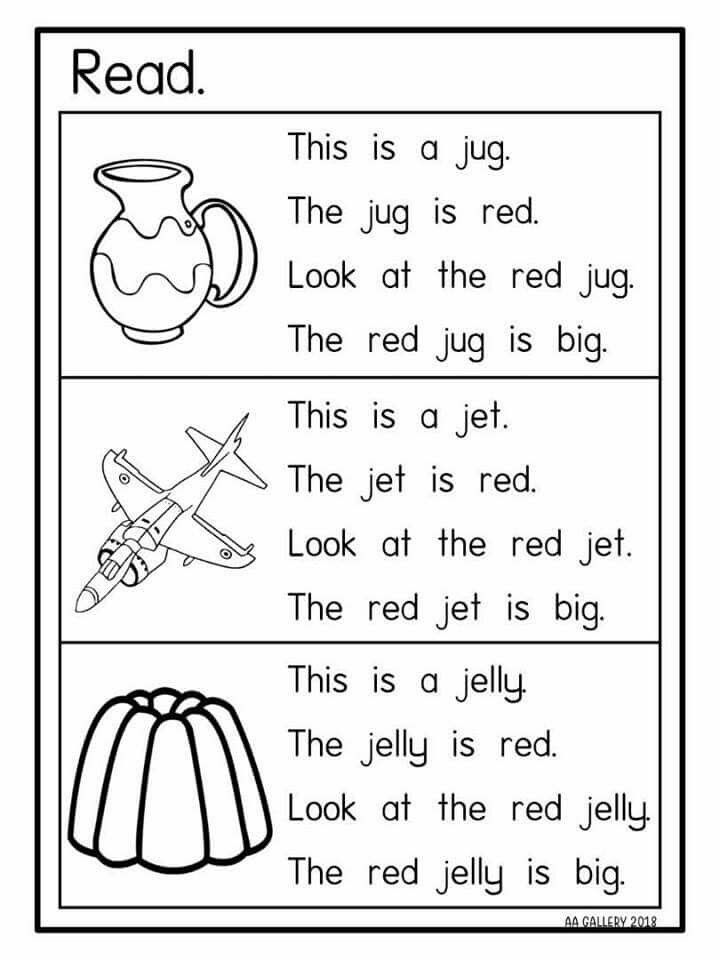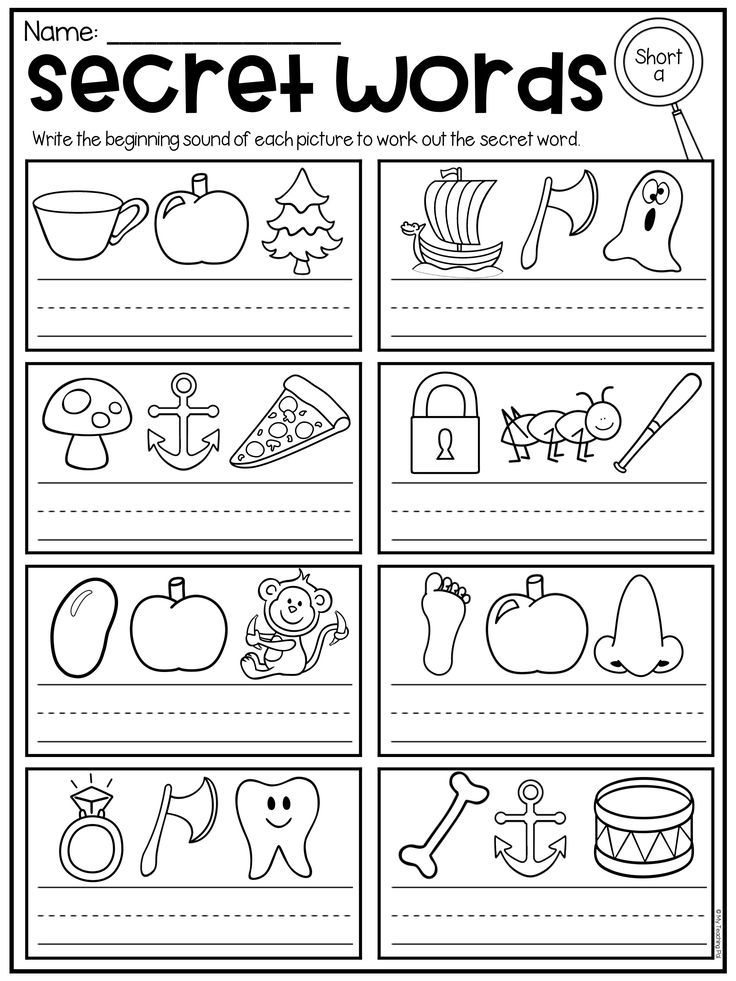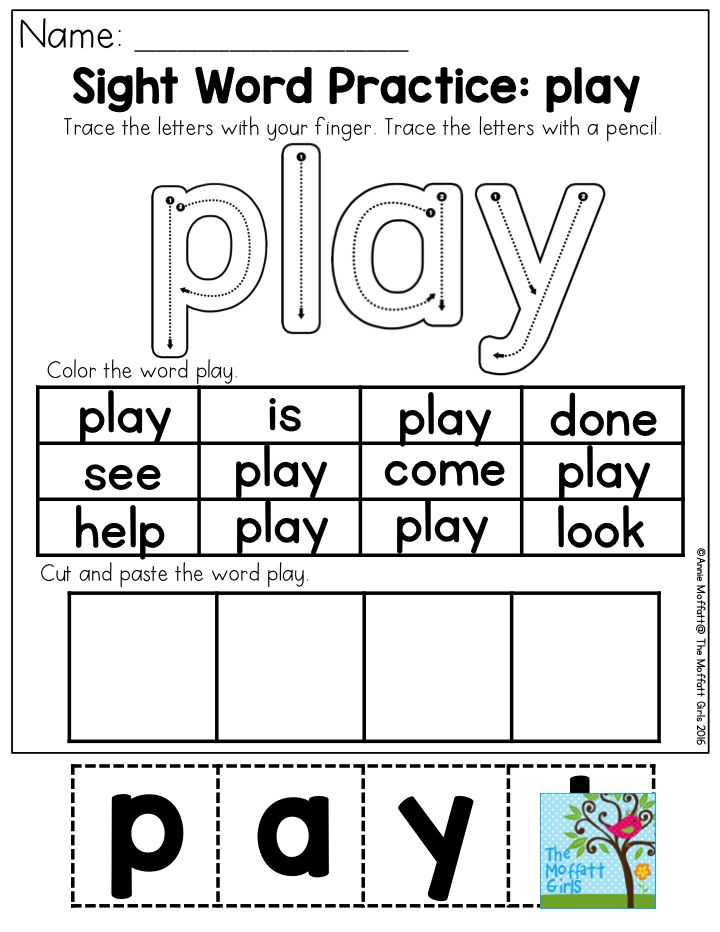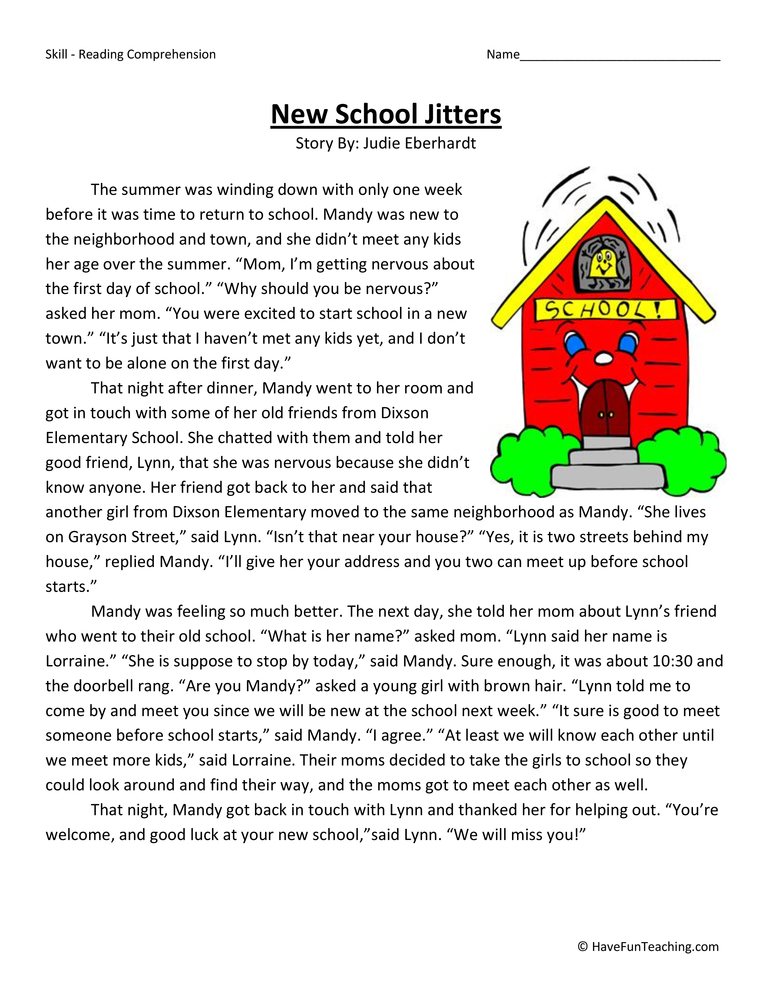Long and short vowel sounds list pdf
229+ Long A Words (Free Printable List)
Grade 1 | Grade 2 | Long Vowels | Phonics | Vowels
ByKatie
This post may contain affiliate links. Please see our disclosure policy.
Learn all about the long A sound, including the 8 ways to spell long vowel A: a, a-e, ai, ay, ei, ea, eigh, and ey. Learn how to teach long A and get a FREE printable list of words with long A sounds organized by spelling pattern.
Get a new freebie every week!
Table of Contents
- All About Long A
- Long A Words
- Tips & Suggestions
- Related Posts
- Download & Print
All About Long A
Teaching students all the different ways to spell long vowels will help them become more independent, confident readers:
- Long a says /ā/ like acorn.
- Long e says /ē/ like equal.
- Long i says /ī/ like ice.
- Long o says /ō/ like ocean.
- Long u says /yoo/ like unicorn, OR /oo/ like ruler.
A is the first vowel I teach, and the long A sound can be spelled using 8 different patterns:
- The most common spellings of long A are A, A-E, AI, and AY.
- Less frequent ways to spell /ā/ are EI, EA, EIGH, and EY.
These patterns can be heard at the beginning, middle, or end of words. Long A can be spelled with a silent e, open syllable, or using a vowel team.
👉 For a free, complete, and printable list of 229 long A words, scroll to the bottom of this post and download it. But be sure to read all about long A first!
There are 8 ways to spell long A:
- a like acorn
- a-e like cake
- ai like rain
- ay like day
- ei like reindeer
- ea like steak
- eigh like eight
- ey like hey
Long A Words
Open Syllable Words
The letter A will say its name, or its long sound, when it is the last letter in a syllable.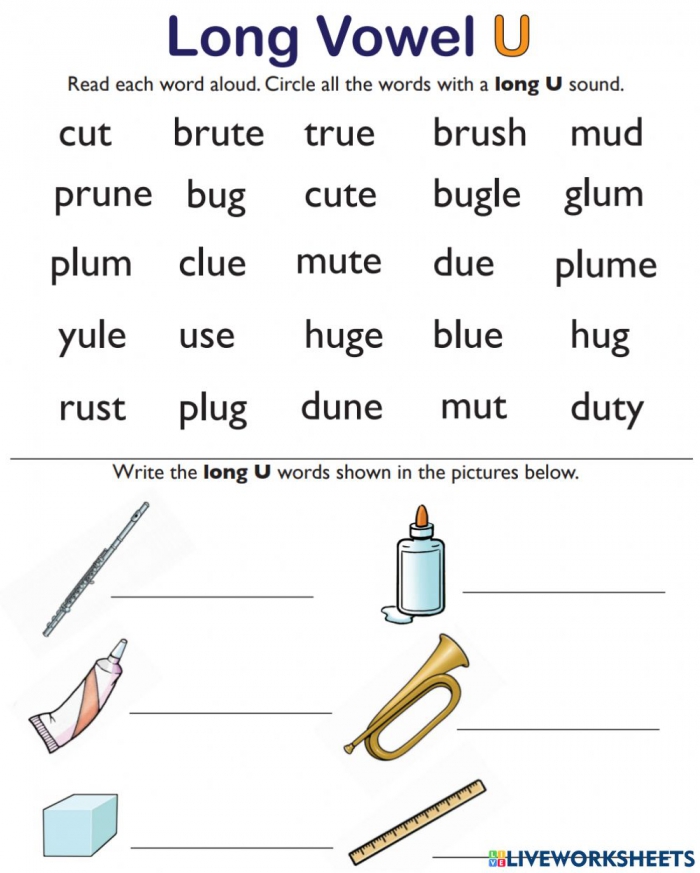 This is called an open syllable.
This is called an open syllable.
Long A sound word examples that include open syllables:
| acorn | major | able | navy | patience | apricot |
| bacon | razor | April | native | glacier | ago |
| baby | nature | labor | tomato | mason | naked |
| table | patient | maple | vapor | Katie | Arabia |
| paper | basil | favor | apron | sacred | apex |
| lady | Asia | Jamie | equator | lazy | agency |
| station | nation | acre | volcano | basin | cable |
| radio | potato | stable | agent | label | quotation |
| famous | crazy | Amy | Jason | basis | cradle |
| David | basic | range | tornado | Caleb | radiant |
A-E Words (Long A Silent E)
The letter A will say its name when it follows a Vowel-Consonant-e (VCe) pattern. The E is magic, stays silent, and it makes the A say its name.
The E is magic, stays silent, and it makes the A say its name.
That is why we hear the long A sound in these words. This spelling pattern is used at the end of base words.
Long A silent E words:
| cake | age | rate | gate | awake | flame |
| make | lake | race | stage | slave | cape |
| came | case | wave | tale | whale | sale |
| take | safe | save | brave | date | trace |
| place | shape | trade | hate | shade | phrase |
| same | gave | plane | grade | ate | chase |
| name | state | cave | base | frame | pace |
| face | space | ape | cage | parade | escape |
| page | game | Jane | pale | male | create |
| late | blame | snake | plate | cane | became |
AI Vowel Team Words
The vowel team AI is another way to spell long A.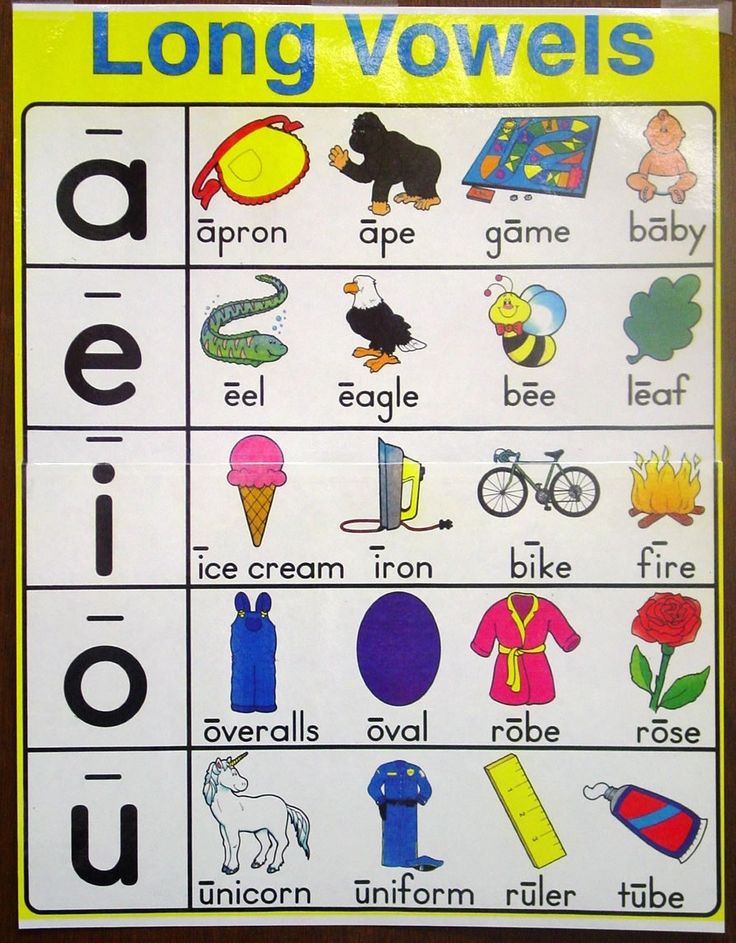 This is a spelling that usually comes in the middle of words.
This is a spelling that usually comes in the middle of words.
I teach my students this jingle: “A-I in the middle says /ā/.” Make sure you say the letter names “A” and “I” when saying the jingle.
It is common to teach this spelling along with the vowel team AY (keep on reading below!).
Common words with long A in the middle, using the vowel team AI:
| rain | plain | sail | gain | contain |
| wait | paid | detail | faint | faith |
| afraid | laid | grain | pail | fail |
| main | trail | remain | jail | maid |
| tail | raise | chain | aid | snail |
| train | brain | nail | strain | |
| explain | pain | daily | claim | railroad |
| paint | dairy | Spain | waist | tailor |
AY Vowel Team Words
The vowel team AY is another way to spell long A, and this pattern is used at the end of base words.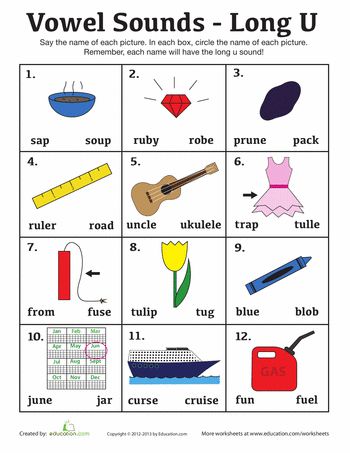 I use this jingle with my students: “A Y at the end says /ā/.” (Again, make sure you say the letter names “A” and “Y” when saying the jingle.)
I use this jingle with my students: “A Y at the end says /ā/.” (Again, make sure you say the letter names “A” and “Y” when saying the jingle.)
The great thing about this vowel team is that if they hear /ā/ at the end of a base or root word, it will most likely be spelled with AY.
Common words with long A at the end, using the vowel team AY:
| day | hay | bay | mayor | decay |
| way | stay | pray | maybe | display |
| away | lay | stray | always | subway |
| may | pay | Sunday | yesterday | sway |
| say | gray | highway | payment | betray |
| today | spray | essay | birthday | repay |
| play | okay | crayon | holiday | playmate |
| ray | clay | relay | anyway | beltway |
EI, EA, EIGH, & EY Words (Vowel Teams)
These next four vowel teams are not commonly used to spell the long A sound.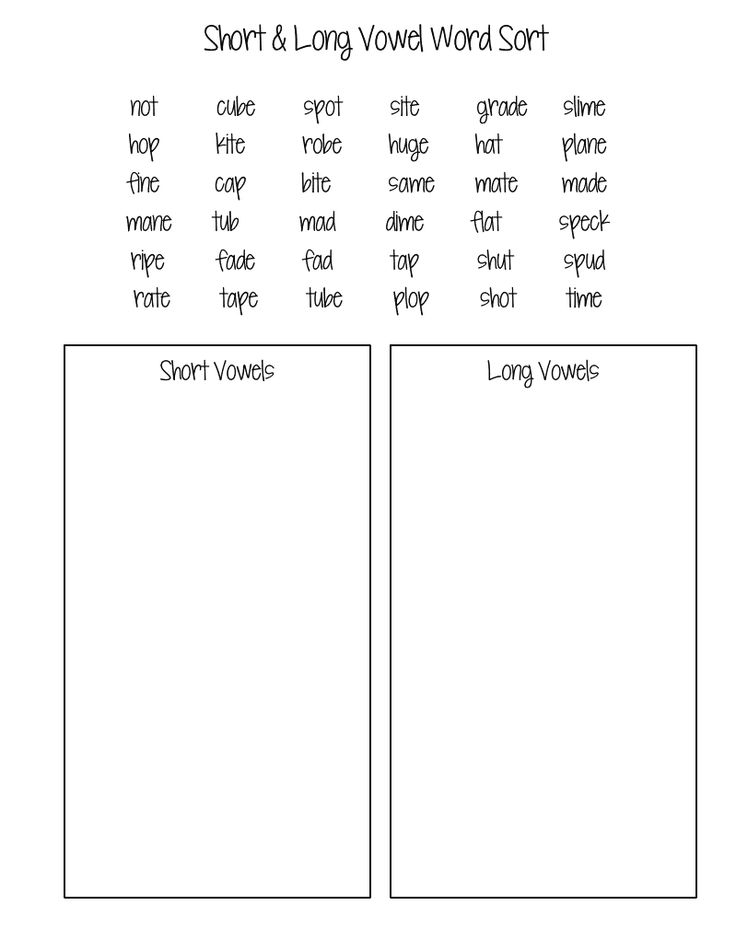 Be sure students have mastered the first four most common spellings for Long A before introducing these patterns.
Be sure students have mastered the first four most common spellings for Long A before introducing these patterns.
Words with Vowel Team EI to spell long A:
- reindeer
- rein
- vein
- veil
- reign
- beige
Words with Vowel Team EA to spell long A:
- steak
- break
- great
- yea
- breakup
- outbreak
Words with Vowel Team EIGH to spell long A:
- eight
- eighty
- eighteen
- weigh
- weight
- neighbor
- freight
- sleigh
- neigh
Words with Vowel Team EY to spell long A:
- hey
- they
- obey
- grey
- prey
- survey
- convey
- disobey
Tips & Suggestions
- Before teaching long vowels, students should have a firm command of the five short vowel sounds, including all consonants, blends, and digraphs.
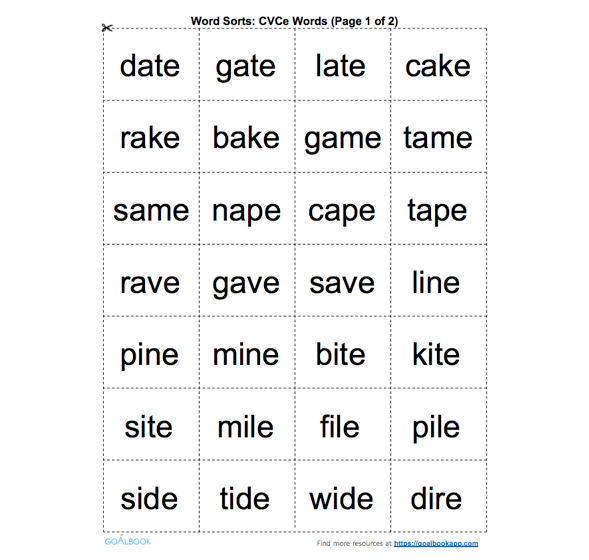
- Be sure to explicitly teach these long A patterns one at a time, in sequential order.
- Use a variety of activities to teach these long A spellings! Hands-on activities and multisensory activities are best.
- Get the rest of the printable Long Vowel Word Lists: Long E, Long I, Long O, and Long U!
Related Posts
- Long Vowel Anchor Chart
- Printable Long & Short Vowel Sorts
- 30 Tips for Teaching Letters & Sounds
Subscribe and Never Miss a Freebie!
Download & Print
How is it going teaching the long vowel A? We’d love to get your feedback! Tag us on Instagram @LiteracyLearn or comment below to let us know how you’re using the words on this list.
TERMS: All resources and printables are designed for personal use only in your own home and classroom. Each person must visit this site and download their own free copy.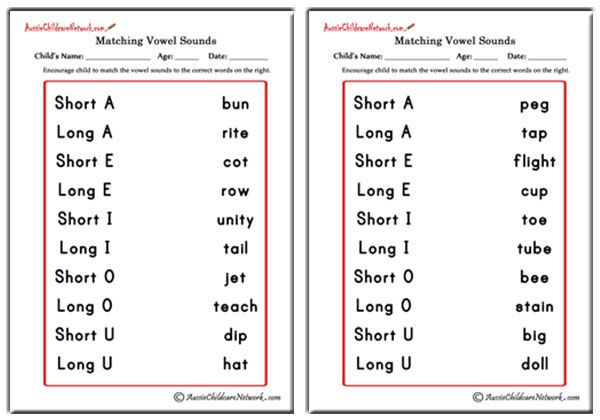 Please do not photocopy, email, or reproduce our printable resources for other teachers, and please do not reproduce our printables on the web or save them to a shared drive. Instead, please share the resources with others by using the social share links provided or by distributing the link to the blog post itself. This allows us to keep making free resources for everyone! If you have any questions, please email us. Thank you!
Please do not photocopy, email, or reproduce our printable resources for other teachers, and please do not reproduce our printables on the web or save them to a shared drive. Instead, please share the resources with others by using the social share links provided or by distributing the link to the blog post itself. This allows us to keep making free resources for everyone! If you have any questions, please email us. Thank you!
Long Vowel Sounds: Word Lists & Activities
Phonics | Spelling
ByDelilah Orpi
This post may contain affiliate links, and I will earn a commission if you purchase through these links. Please read the disclosure policy for more details.
Sharing is caring!
12884 shares
- Share
- Tweet
In this post, I’m breaking down long vowel sounds (or long vowel words) to help you teach them when working with struggling readers and spellers.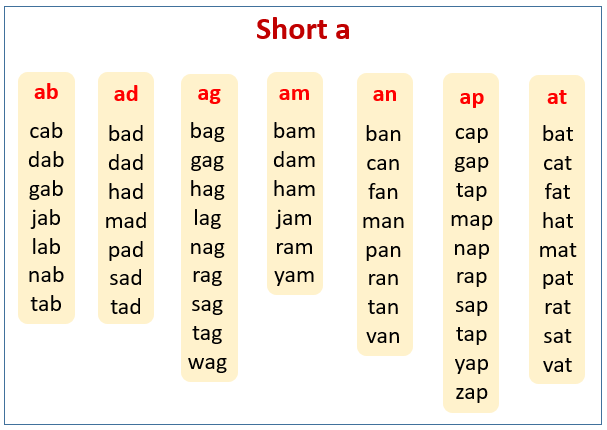
Looking for long vowel word lists? Download all 5 of my pdf long vowel sounds word lists in my freebies library by joining my email list below.
What is a long vowel sound?
Long vowel sounds are vowels that are pronounced the same as their name. You’ll often hear teachers say that long vowels “say their name”.
Long vowels are very common but they can be tricky because there are so many spellings for each long vowel sound.
There are actually 4 ways to make long vowel sounds:
- Vowels at the end of a syllable make the long sound. For example, in the words me and halo (ha-lo) the vowels are all at the end of a syllable so they make the long sound.
- Silent e makes the previous vowel long. The words bike and phone have a silent e at the end that makes the previous vowel long.
- Vowel teams can make the long sound.
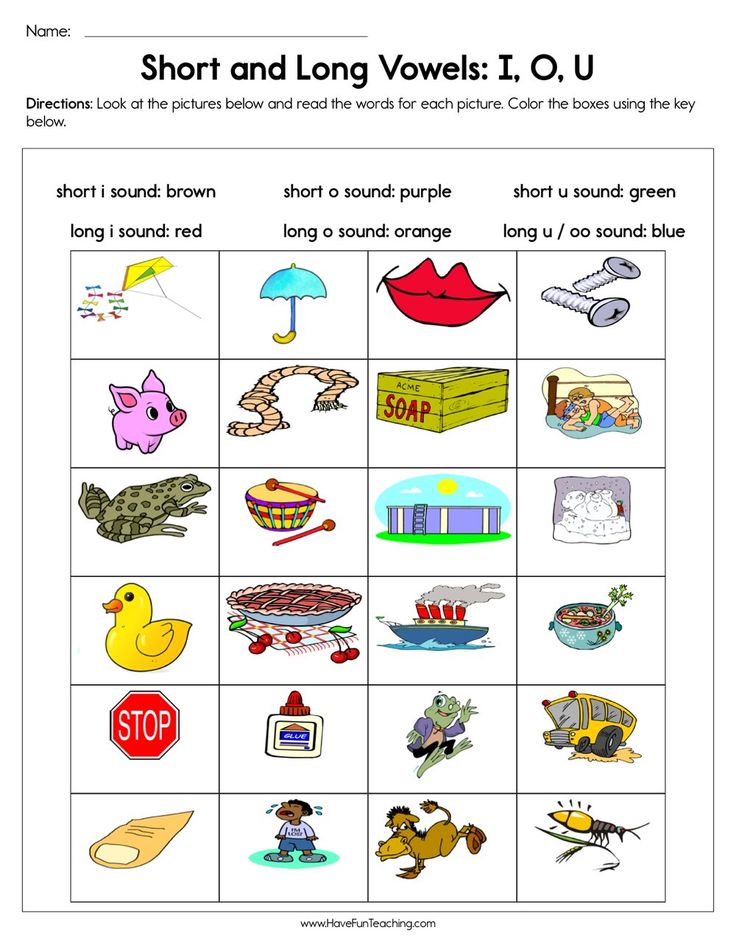 Vowel teams work together to make one sound, and usually, it’s a long vowel sound. For example, boat and meat both have vowel teams that make the long sound.
Vowel teams work together to make one sound, and usually, it’s a long vowel sound. For example, boat and meat both have vowel teams that make the long sound. - I or O can be long when they come before two consonants. In words like cold and mind, i and o make a long vowel sound.
Long Vowel Words
Long vowel sound words are words that have vowels that say their name. Below are a few examples:
- Long a – baby, cake, rain, day, they, weigh
- Long e – me, eve, hear, meet, piece, candy
- Long i – silent, bike, light, my
- Long o – go, home, toe, boat, snow
- Long u – music, mule, pew, feud
Long A Sound
The long a sound can be represented by 8 different spelling patterns:
- a – baby
- a_e – cake
- ai – rain
- ay – play
- ei – reindeer
- eigh – weight
- ea – steak
- ey – they
Learn more about teaching the long a sound here, and check out my Long A Words Activities & Worksheets for printable activities.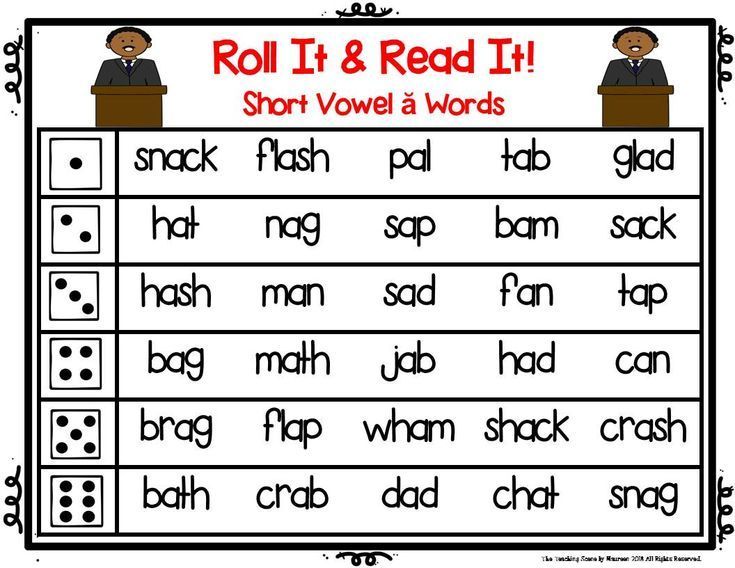
Long E Sound
The long e sound can be represented by 8 different spelling patterns:
- e – be
- e_e – eve
- ee – meet
- ea – beach
- ei – protein
- ie – piece
- ey – key
- y – candy
For ideas, tips, and tricks when teaching the long e sound, read this post all about teaching the long e vowel sound, and check out my Long E Words Activities & Worksheets for printable activities.
Long I Sound
The long i sound can be represented by 6 different spelling patterns:
- i – silent
- i_e – shine
- ie – pie
- igh – light
- y – my
- y_e – type
You can learn more about teaching the long I sound in this post. And check out my Long I Worksheets set in my shop for printable activities on the long i sound.
Long O Sound
The long o sound can be represented by 5 different spelling patterns:
- o – go
- o_e – phone
- oe – toe
- oa – boat
- ow – snow
You can learn more about teaching long o words and check out my long o worksheets.
Long U Sound
The long u has two sounds: yoo (/y/ /oo/) and oo (/oo/).
The long u sound can be represented by 7 different spelling patterns:
- u – music
- u_e – mule
- ue – rescue
- eu – feud
- ew – few
- oo – food
- ou – soup
Learn more about teaching the long u sound here.
Tips for teaching the long vowel sounds
Teach one spelling pattern at a time!
I don’t mean one vowel sound, but just one spelling pattern. So for example, if you’re working on long a, you would work on the spelling pattern a silent e (cake, same, cave) until students have mastered it, then move on to ai, and so on. You should not be teaching multiple spelling patterns together, even though they make the same sound.
I know that most programs out there combine all the long vowel sound spelling patterns into one lesson, especially in spelling lists, but this does not work for struggling readers.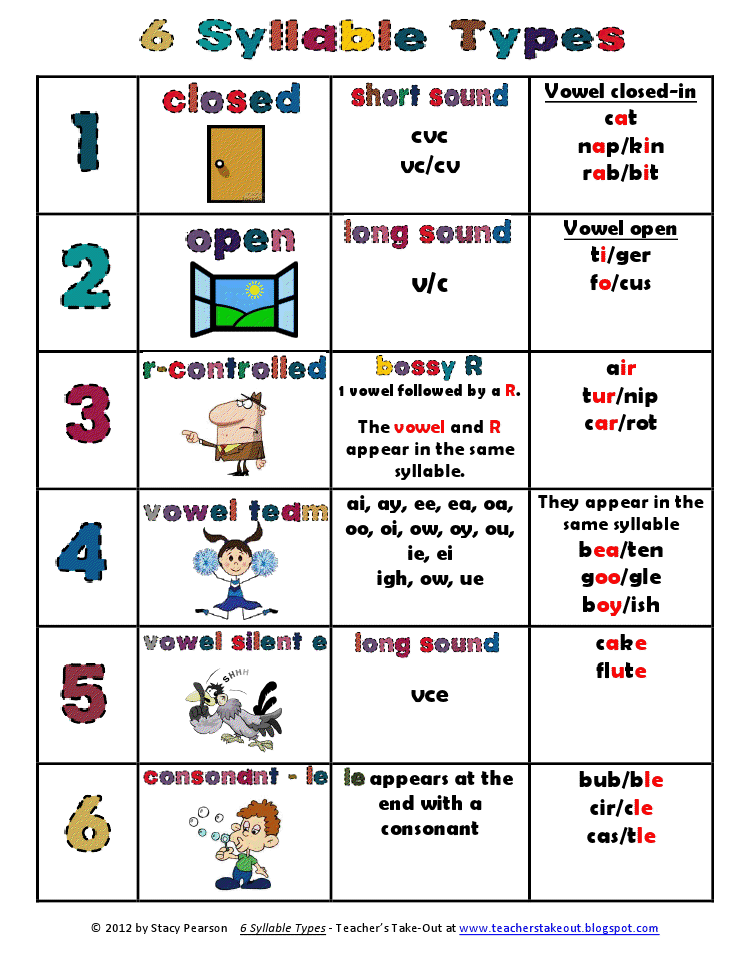 You need to break it down for them and only do one at a time.
You need to break it down for them and only do one at a time.
Teach the syllable types.
Because syllables have a lot to do with whether vowels make the short or long sound, if students do not already know the 6 syllable types then teach them along with the long vowel sound.
Here are resources for each syllable type:
- closed syllable
- open syllable
- final silent e syllable
- vowel team syllable
- r combination syllable
- consonant le syllable
Use a variety of activities to practice each spelling pattern.
Games, dictation, word sorts, memory or matching with flashcards, word hunts, textured writing, body spelling, and bingo are all fun ways to practice the long vowel sounds.
The main activity that is often overlooked is dictation. It seems so simple but the task involves listening to a word, deciding on the spelling, and transferring that info to written form. These are all skills that struggling readers need to practice.
Teach the spelling generalizations.
Some of the long vowel spelling patterns are spelling rules that make it easy to remember.
For example, ai is usually found at the beginning or middle of a syllable, and ay is usually found at the end of a syllable. [Examples: rain, aim, play, daytime]
Here is another example with long o: oa is usually found at the beginning or middle of a word, and ow is usually found at the end. [Examples: boat, coach, snow]
Long Vowel Word List
I made these word lists to help teach the long vowels. I find it handy to have these on hand when playing phonics games or planning activities for long vowel lessons.
Grab them for free below!
Visit my Teachers Pay Teachers shop to see all my literacy products.Want to remember this? Save Long Vowel Sounds: Word Lists & Activities to your favorite Pinterest board!
Sharing is caring!
12884 shares
- Share
- Tweet
Delilah Orpi
Delilah Orpi is the founder of Thrive Literacy Corner. She has a Bachelor's degree in Special Education, a Master's degree in TESOL, and is a member of the International Dyslexia Association. She is an experienced educator and literacy specialist trained in Orton Gillingham and Lindamood Bell. Delilah creates literacy resources for educators and parents and writes to create awareness about dyslexia and effective literacy instruction based on the science of reading.
She has a Bachelor's degree in Special Education, a Master's degree in TESOL, and is a member of the International Dyslexia Association. She is an experienced educator and literacy specialist trained in Orton Gillingham and Lindamood Bell. Delilah creates literacy resources for educators and parents and writes to create awareness about dyslexia and effective literacy instruction based on the science of reading.
Similar Posts
Phonics | Spelling
How To Teach the 2 Sounds of C: Hard C and Soft C
ByDelilah Orpi
Teaching the 2 sounds of C can be tricky for some readers. While some will naturally understand when to use the soft C versus the hard C sound, others will need to be taught explicitly, so that they understand why C can make two different sounds. In this blog post, I will share some tips…
Read More How To Teach the 2 Sounds of C: Hard C and Soft CContinue
Phonics | Spelling
Phonological and Phonemic Awareness Strategies & Activities for Struggling Readers
ByDelilah Orpi
In this post, I share my favorite phonological and phonemic awareness strategies and activities for struggling readers.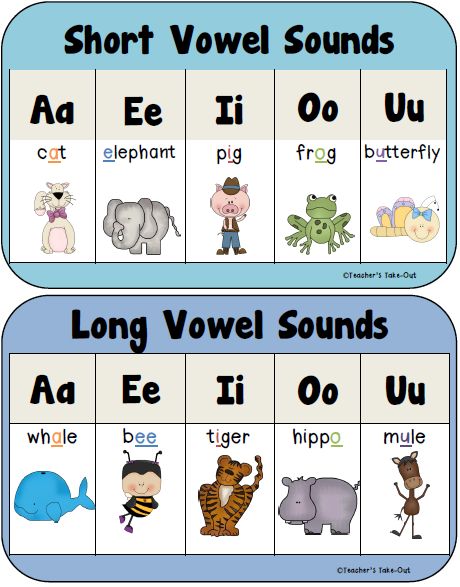 Phonological awareness is the first step in learning how to read and spell. Phonological awareness refers to the ability to hear and manipulate sounds (can be syllables, onset, rime, or phonemes), while phonemic awareness refers to the ability…
Phonological awareness is the first step in learning how to read and spell. Phonological awareness refers to the ability to hear and manipulate sounds (can be syllables, onset, rime, or phonemes), while phonemic awareness refers to the ability…
Read More Phonological and Phonemic Awareness Strategies & Activities for Struggling ReadersContinue
Phonics
Phonics, Phonemic Awareness, and Phonological Awareness: The Ultimate Guide
ByDelilah Orpi
When it comes to teaching reading, phonics is definitely one of the most important aspects. But what’s the difference between phonics, phonemic awareness, and phonological awareness? And what do each of these terms mean for your students? This guide will break it all down for you! What Is Phonological Awareness? Phonological awareness is the ability…
Read More Phonics, Phonemic Awareness, and Phonological Awareness: The Ultimate GuideContinue
Pronunciation of vowels
Vowel sounds are reproduced exclusively by our voice .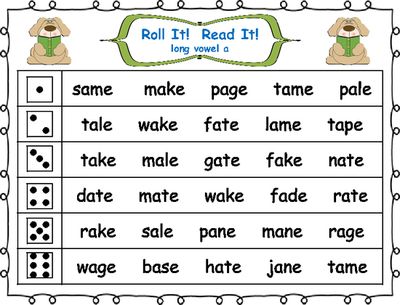 Unfortunately, there are no exact analogues of German vowels in Russian, so German vowels require special attention:
Unfortunately, there are no exact analogues of German vowels in Russian, so German vowels require special attention:
1) Vowels in German are pronounced distinctly and stably . They consist exclusively of one pure sound, which is preserved throughout its pronunciation. That is, we do not speak [oʊ] or [oɐ], but purely [oː]. This stability characterizes German vowel sounds.
2) German phonetics distinguishes long and short vowels . This means that each vowel in German has two basic sounds. A long vowel sound lengthens during pronunciation and in most cases is accompanied by tension of the organs of speech, while a short sound is pronounced as short as possible and without tension. Stressed semi-long vowels in Russian are exactly in the middle of these two variants in German in longitude.
This article considers all vowels in German and two main variants of their pronunciation.
Long sound [aː]
To pronounce the long sound, first say the Russian word "red".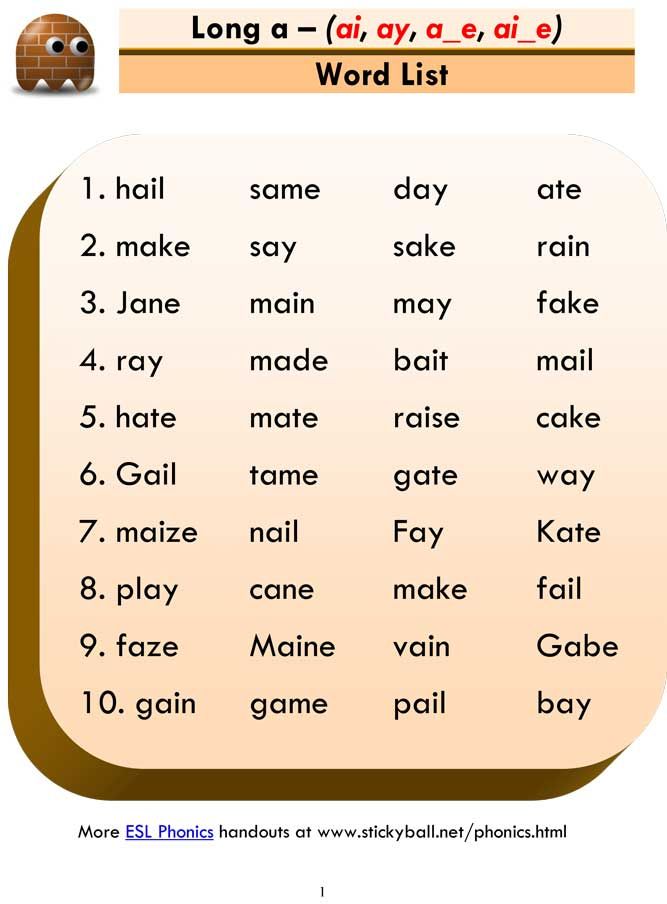 The Russian vowel "A" here is pronounced shorter than the long sound of this German vowel, which is pronounced even longer. For simplicity, open your mouth as wide as possible.
The Russian vowel "A" here is pronounced shorter than the long sound of this German vowel, which is pronounced even longer. For simplicity, open your mouth as wide as possible.
→ j a [jaː] (yes)
→ T a g [taːk] (day) m
022 len [ˈmaːlən] (draw)
Short sound [a]
When pronouncing a short sound, the mouth should not be opened so wide. Say the Russian word "mother". Now pronounce the vowel sound as short as possible and get the German short vowel sound of this vowel.
→ M A NN [Man] (man)
→ W A S [VAS]
→ A Lle [ˈalə] (all)
<Ää>
Long sound [ɛː]
, however, this sound can be compared with the Russian vowel “E” its pronunciation should be wider, the back of the tongue is further from the upper palate, and the sound itself is pronounced longer.
→ ä Ra [ˈɛːʁa] (era)
→ K ä se [ˈkɛːzə] (cheese)
→ R
→ R
→ R0021 ä tsel [ˈʁɛːʦəl] (riddle)
Short sound [ɛ]
When pronouncing a short analogue, nothing changes in sound except for longitude. We close our mouth a little and pronounce it as briefly as possible.
→ H ä nde [ˈhɛndə] (Hands)
→ ä STE [ˈɛStə] (branches) 9000 → K mmen [ˈkɛmən
Long sound [iː]
When pronouncing a long sound, the tip of the tongue touches the lower teeth, and the back of the tongue is as close as possible to the upper palate. This sound is pronounced as long as possible, that is, longer than in the Russian word "y".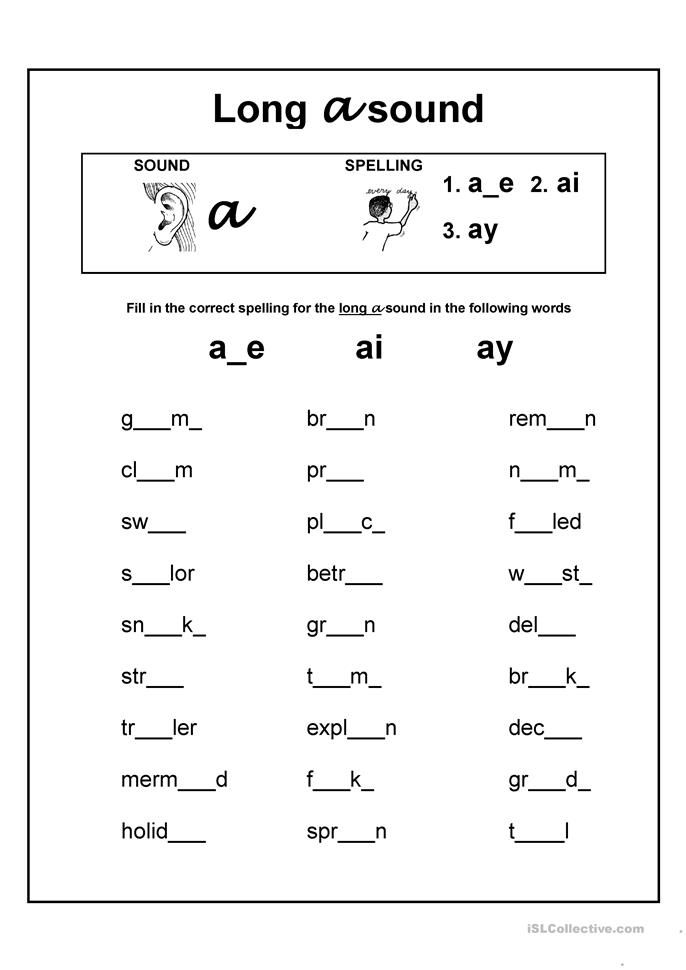 To simplify, stretch your lips as much as possible.
To simplify, stretch your lips as much as possible.
→ K i no [ˈkiːno] (movie)
→ I gel [ˈiːgəl] (hedgehog)
→ B i bel [ˈbiːbəl] (Bible)
Short sound [ɪ]
Short sound [ɪ] 9003 in short, with the back of the tongue moving away from the upper palate. This sound is on the border with the short sound of the vowel "Ä" and resembles the second sound in the Russian word "hours". → i n [ɪn] (c)
→ H i lfe [ˈhɪlfə] (assistance)
→ W I SSEN [ˈvɪsən] (Know)
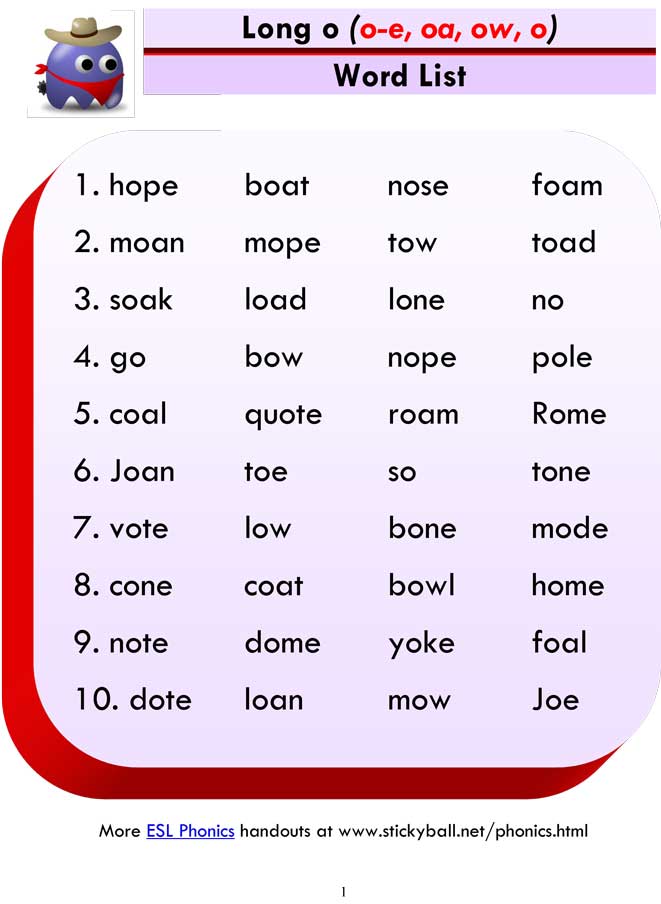 e., an average sound is obtained between them. Here you can feel the tension of the organs of speech.
e., an average sound is obtained between them. Here you can feel the tension of the organs of speech. → S ee [zeː] (Lake)
→ W E N [VEːN] (whom)
→ L E Ben [ˈleːbən] (Live)
→ W E NN [vɛn] (if, when)
→ E NDE [ˈɛndə] (end)
→ N E TT [nɛt] (nɛt] 9ATHER cute, friendly)
Long sound [oː]
When pronouncing a long sound, we stretch our lips forward and round them, and only a small hole remains between the lips.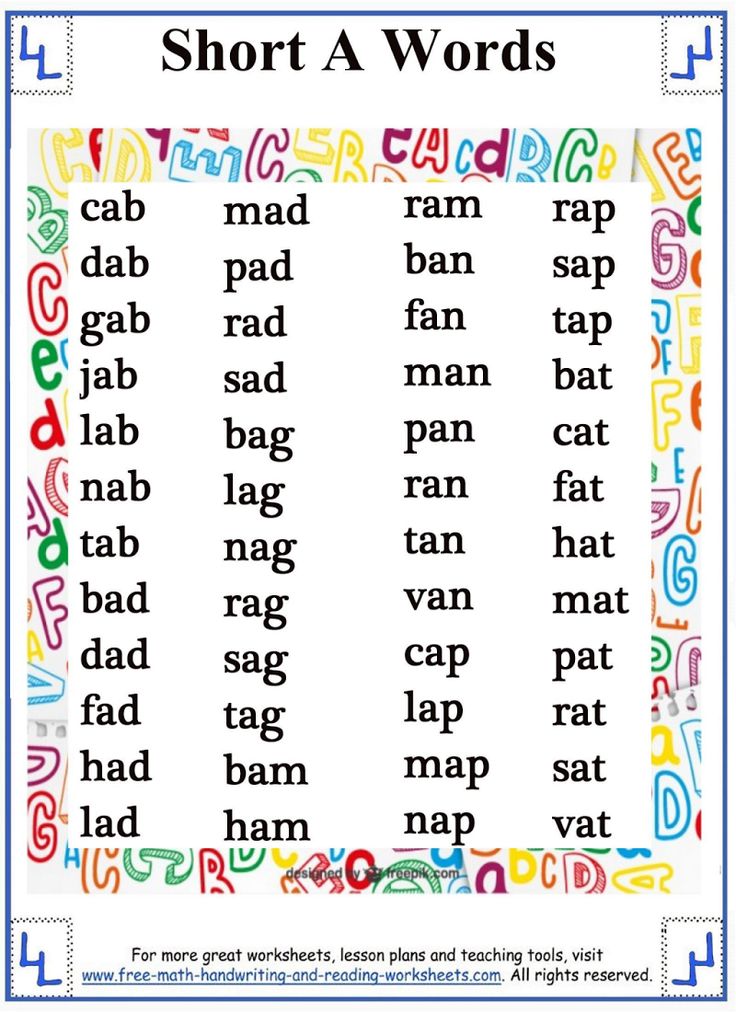 This hole is even smaller than the Russian vowel "O" in the word "rose".
This hole is even smaller than the Russian vowel "O" in the word "rose".
→ R O SE [ˈʁoːzə] (rose)
→ W O [VOː] (where)
→ PA [ˈOːPA] (grandmother)0036
Short sound [ɔ]
When pronouncing a short sound, we leave the opening of the mouth wider, but wider than that of the Russian semi-long sound [o]. This sound is on the border with the short sound of the vowel "A" and is pronounced as short as possible.
→ O FT [ɔFT] (frequently)
→ B O SS [BɔS] (boss)
→ W O Llen [ˈvɔlən] (NHI)
<Öö>
Long sound [øː]
A mixture of long sounds [eː] and [oː]. First, we pronounce a long sound [eː]. Now we leave the tongue in the same place, but at the same time we round the lips as if we are pronouncing a long sound [oː].
Now we leave the tongue in the same place, but at the same time we round the lips as if we are pronouncing a long sound [oː].
→ M ö WE [ˈMutch] (seagull)
→ ö l [Øːl] (vegetable oil)
0022 (hair dryer)
Short sound [œ]
Mixture of short sounds [ɛ] and [ɔ]. We pronounce a short sound [ɛ] without moving our tongue, and at the same time we round our lips as if we want to pronounce a short sound [ɔ].
→ ö ffnen [ˈˈfnən] (open)
→ ZW ö LF [ʦvœLF]
→ L FFEL [ˈ ˈ ˈl] [ˈ ˈ ˈ ˈ ˈ ˈ ˈ ˈ ˈ ˈ ˈ ˈ ˈ ˈ ˈ ˈ ˈ ˈ ˈ ˈ ˈ ˈ ˈ ˈ ˈ ˈl
Long sound [uː]
Like the long sound [oː], we round the lips, but here we almost close them. The opening of the mouth should be open enough so that the sound is barely made. It resembles the first sound in the Russian word "angle", but is pronounced much clearer and longer.
It resembles the first sound in the Russian word "angle", but is pronounced much clearer and longer.
→ d u [duː] (you)
→ Bl u me [ˈbluːmə] (flower)0021 u t [guːt] (good)
Short sound [ʊ]
We open our mouth a little to hear the difference with the long sound. The lips take almost the same shape as when pronouncing a long sound [oː], but this sound is pronounced as short as possible and without tension.
→ K U SS [KʊS] (kiss)
→ U ND [ʊnt] (and)
→ D U mm [dʊm] (stupid)
<Üü>
Long sound [yː]
A mixture of long sounds [iː]. The tongue remains in the same position as when making a long sound [iː], but we change the shape of the lips as if we were making a long sound [uː].
→ M ü de [ˈmyːdə] (tired)
→ ü Ben [ˈyːbən] (exercise)
→ D ü bel [ˈdyːbəl] (dowel)
Short sound [ʏ]
A mixture of short sounds [ɪ] and [ʊ]. We similarly make the transition between short sounds [ɪ] and [ʊ]. This sound is pronounced as short as possible and without tension.
→ K ü Ssen [ˈkʏsən] (kissing)
→ F ü NF (five)
→ M ü [mʏl] [mʏl] [mʏl] [mʏl] [mʏl] [mʏl] )
As a vowel, it can have the same sounds as the vowels <Ü> and .
→ T Y P [Tyːp] (Type)
→ Y PSILON [ˈʏPSILɔN] (Igrek)
→ [ˈhɔhɔhɔhɔhbi] (ˈhɔhɔhɔhɔhba] (ˈhɔhɔhɔhɔhɔhba] [ˈhɔhɔhɔhɔhɔhb
| Notes: ► In order to accurately determine the sound of each vowel and understand the difference between long and short vowels, you need to listen to audio recording ! ► The pronunciation of vowels in this lesson is literary .  In many parts of Germany, as well as in other German-speaking countries, there are also dialectical deviations regarding certain sounds. In many parts of Germany, as well as in other German-speaking countries, there are also dialectical deviations regarding certain sounds. ► The names of German vowels are at the same time their with long sounds , i.e. as in alphabet . ► There are no German words without vowels, i.e. every German word has at least one vowel (with the exception of some interjections). ► When it is not possible to type umlauts on the keyboard, or when words are entered into a crossword puzzle , then the umlauts <Ä>, <Ö> and <Ü> are replaced by letter combinations ► The value  ► The long sound [ɛː] (represented by the letter <Ää>) in spoken language is most often replaced by the long sound of the vowel ► For a better understanding of the difference in sounds: when pronouncing the long sounds of the vowels , <Ä>, ► ► Looking at the international transcription of the long and short vowels from this lesson, the following is observed: The long and short vowels and <Ä> differ only in in the longitude of represented by one additional character. That is, in fact, we are talking about the same sound, which in some words is simply stretched. 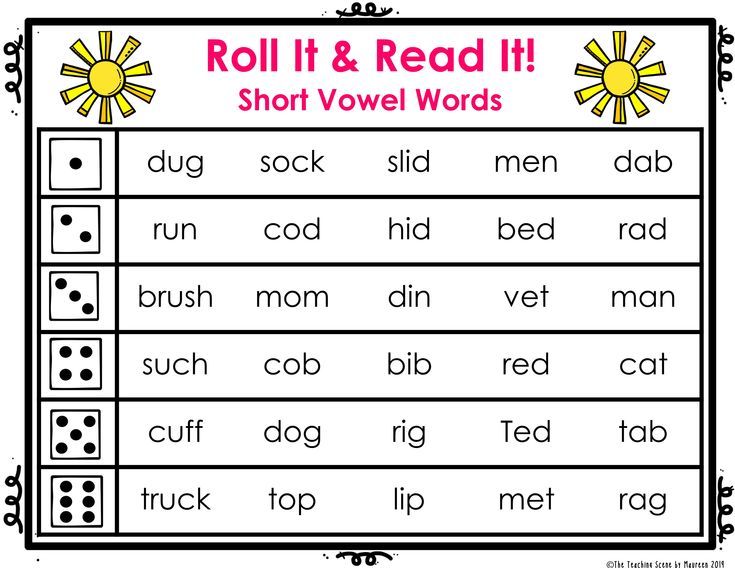 A = [aː], [a] Ä = [ɛː], [ɛ] As for the remaining vowels, we see from the transcription that both pronunciations differ not only in their longitude , but also in their quality . That is, it is not enough to stretch or shorten the same sound here, since we are talking about two different sounds. E = [eː], [ɛ] I = [iː], [ɪ] O = [oː], [ɔ] Ö = [øː], [œ] U = [uː], [ʊ] Ü = [yː], [ʏ] ► Since long and short vowels are not distinguished in Russian, native Russian speakers who begin to learn German usually perceive the former simply as an accent or unusual intonation. Attention: word stress is independent of vowel length/shortness. ► You will find information about which vowel is pronounced in what cases in other articles of the current section (Phonetics). |
Do you need this article in PDF format? You will find information about this here.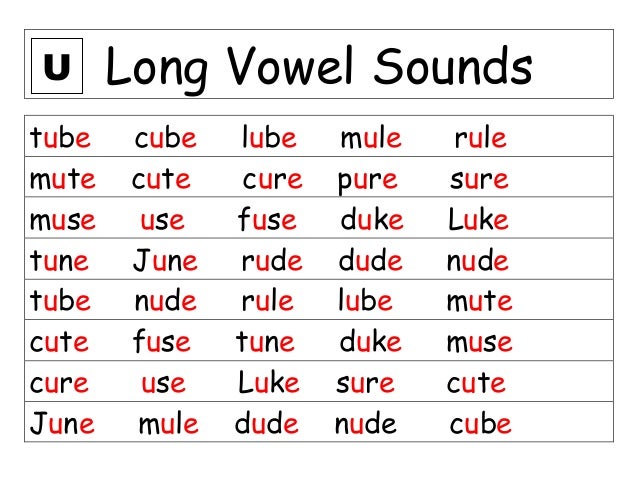
Would you like to purchase the full version of the exercises? Click here for details.
Any comments, suggestions or feedback about this article? Write!
Have questions about grammar, vocabulary, phonetics or spelling? Ask them on the forum.
<<< Back in the list | Next in the list >>>
<<< Back in the section | Next >>>
►Watch this tutorial on YouTube
General phonetic rules
Have you ever wondered why German seems to be such a harsh and hard language? It depends on certain points that Russian speakers learning German should pay attention to.
This article presents the most important rules for German phonetics, starting with general information and ending with more specific ones. By putting them into practice, you can significantly improve your German pronunciation.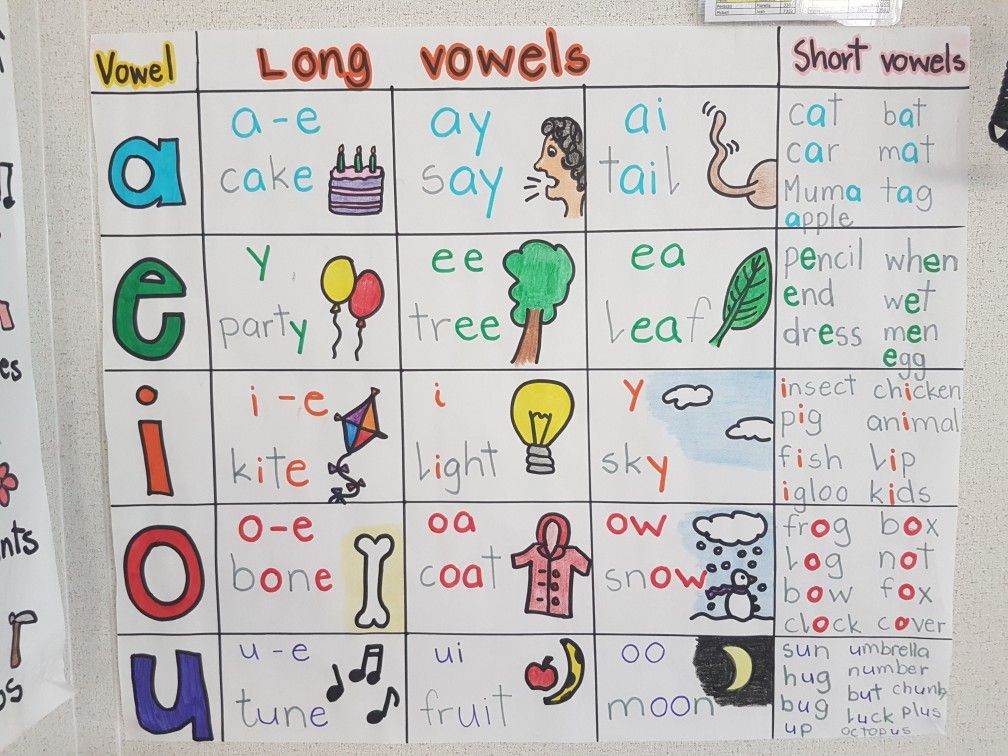
1. Intonation
a) In contrast to Russian, in German almost every word is pronounced separately, which resembles the staccato rhythm in music.
b) The contrast between stressed and unstressed syllables in German is much greater than in Russian: stressed syllables are emphasized more sharply and intensely, while unstressed syllables are muffled and pronounced weaker.
c) Germans are used to accentuating the main parts of speech in a sentence: nouns, adjectives, full-valued verbs, numerals, interrogative and demonstrative pronouns. Functional parts of speech, like articles, prepositions, conjunctions, auxiliary verbs, personal and possessive pronouns, in turn, are not accentuated.
d) In Russian speech there is a sharp change between sound pitches, while the Germans in their speech remain at the same pitch for a long time. Russian intonation moves within an octave, while German intonation moves within a fifth.
2. Word stress
Word stress
Unlike Russian stress, in German it is fixed, i.e. the stress is not transferred from one syllable to another if the form of the word changes.
As a rule, it falls on the first root syllable:
→ SPRA CHE [ˈʃPχAːχə] (language)
→ ES SEN [ˈɛSən] (Eat, eat)
→ glück lich [ˈɡlʏklɪç] (happy, happy)
→ al les [ˈaləs] (all)
However, there are many words with certain prefixes and suffixes that take on the stress.
3. Unstressed vowels
Unlike the Russian language, where unstressed vowels are pronounced differently than stressed vowels, German vowels are not reduced and are pronounced in the same way as stressed vowels, only for a shorter duration.
→ ST AA T [ʃTAːT] ~ S A DT [ʃTAT] (state ~ city)
→ B EE [beːt] ~ b E tt [bɛt] (flower bed, beds ~ bed)
→ M IE TE [ˈMIːTə] ~ M I TTE [ˈMɪTə] (lease ~ middle) HLE [ˈhøːlə] ~ H ö lle [ˈhœlə] (cave ~ hell)
5.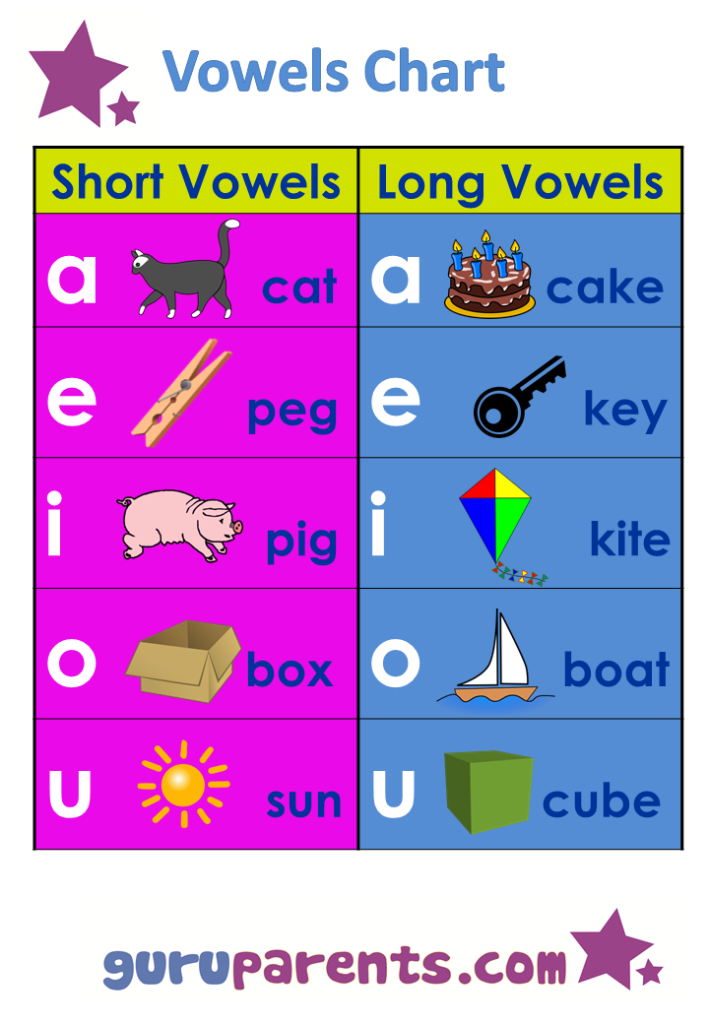 Long vowels
Long vowels
Vowel Sound is a long ...
... In the case of a double vowel:
→ ID EE [ˈDE:] (idea)
→ D OO F [DO: F] (stupid (person) )
→ H AA R [Haːɐ] (Hair (Six ))
...before a silent
→ O H Ne [ˈoːnə] (without)
→ F A Ren [ˈfaːʁən] (go, drive, drive)
h [ʃuː] (boot)
... Before the consonant letter <ß>:
→ STR ß E [ˈʃTχAːsə] (street)
→ GR ü ß en [ˈɡʁyːsən] (greet, send greetings)
→ bl o ß [bloːs] ((one) only)
>,
,
→ Z E BR A [ˈTSEːBʁA] (Zebra)
→ J A [Jaːkt] (hunt (chase) )
→ K E KS [KEːKS] (cookies)
. .. In an open syllable:
→ N A ME [ˈnaːmə] (name) 9000 l E SEN [
→ T A G [TAːK] (day) ~ T A GE
→ R O T [ʁOːT] (Red) ~ 9000 R O TES
U N [tuːn] (do) ~ t U
6. Brief vowels 9000
→ P and PP E [ˈPʊPə] (doll)
→ SCHN E LL [ʃnɛl] (fast)
→ H O FF EN [ˈH (Hope)
... Before the consonant letter
→ H E x E [ˈhɛksə] (witch)
→ B O x EN [ˈbɔksən] (to box)
→ A x t [akst] (axe)
.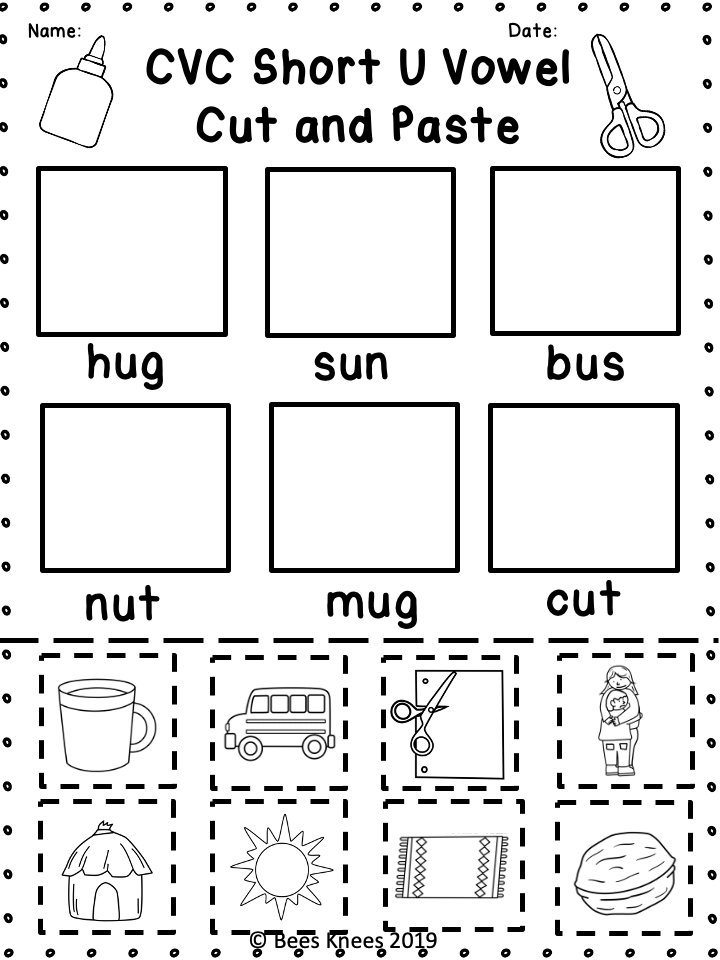 ..before
..before
→ K O PF [KɔPF] (head)
→ N I T [nɪçt]
→ W
... in a closed syllable:
→ U ND [ʊnt] (and)
→ F I N DEN [ˈFɪNDən]
→ K A LT [ Kalt] (cold, cold)
7. Half -long vowels
vowel sound is semi -long ...
... In an unstressed open syllable:
→ AK K U [ˈaku] (battery)
→ D I Rekt [DIˈʁɛKT] (directly, direct)
→ PH Y 9000 SIK [FYˈZIːK] (Physics E Batte [deˈbatə] (debate, dispute)
→ AU T O Matisch [AʊtoˈMAːTɪʃ]
8.
 Double consent0022
Double consent0022 Double consonants in German are always pronounced as single consonants, in contrast to Russian, where they can be lengthened in certain cases.
→ A NN A [ˈana] (Anna)
→ KA SS E [ˈkasə] (cash desk)
→ SUS MM E [ˈzʊmə] ( )
9. Voiceless aspirated consonants
In Russian, the consonants <К>, <Т> and <П> are slightly pronounced as [g], [d] and [b]. However, the German counterparts are pronounced heavily aspirated in most cases.
As in Russian, German voiced consonants lose their voice in certain cases.
at the end of the word/syllable:
→ GEL D [ɡɛlt] (money)
→ Tä G 9000 Lich [ˈTɛːKLɪS] (now) (now) → A b ga s [ˈapɡaːs] (exhaust gas)
Before a voiceless consonant within a word:
→ ABEN D S [Aːbənts] (in the evenings)
→ O B T [OːPST] (fruits)
[ɡəˈvaːkt] (risky, risky)
11.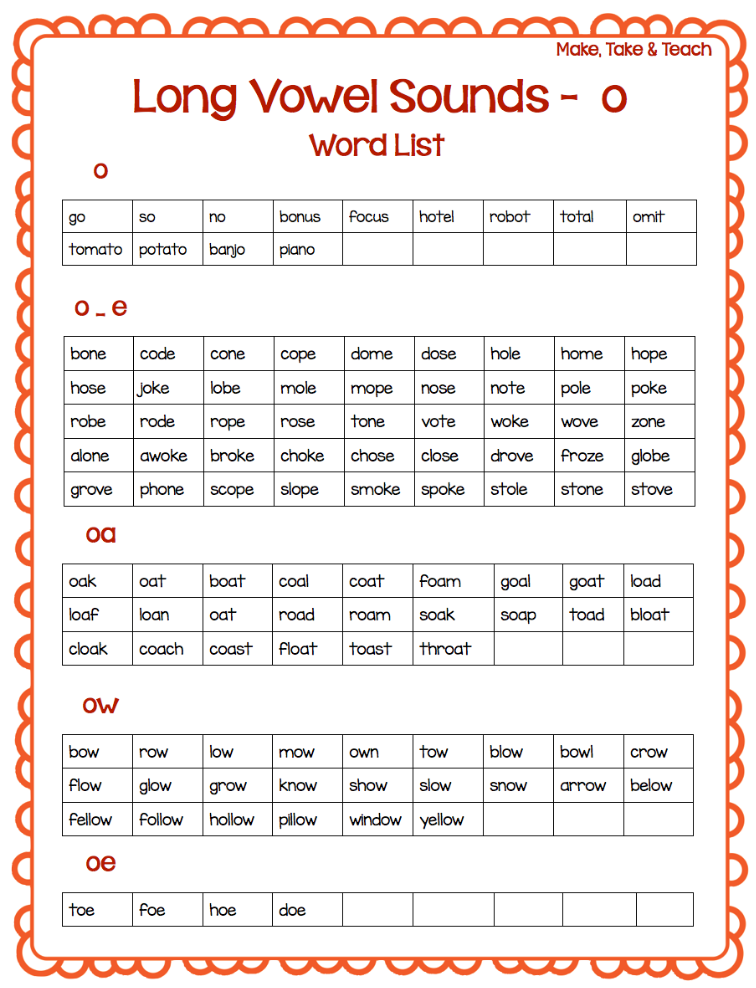 Assimilation of consonants
Assimilation of consonants
When consonants occur at the end and at the beginning of a word or syllable, they are likened to the usual tempo of speech. There are two types of assimilation - complete and partial.
Consistent, consonants with the same place of articulation are completely merged:
→ Mi T T Ina [mɪˈtiːna] (with tina)
→ A M M ONTAG [Aˈmoːntak] (Monday) 0021 [aʊˈfiːdɐzeən] (goodbye)
with partial likening the deafness of the consonant at the end of the word is transferred to the first consonant of the next word, which automatically loses its sonority:
→ Bi S D [bɪsˈsˈstan] (until the meeting)
→ SEI T G ESTERN [zaɪtˈkɛstɐn] (from yesterday)
→ A B AMSTAG [APˈSAMSTAK] (from Saturday)
→ Dan K B EN [Daŋkˈpɛn] (thanks to Ben)
12.
 Lack of mitigation of consonants
Lack of mitigation of consonants In the Russian language there is a phenomenon of mitigation of agreements, Napr. in the word "shadow" ([tʲenʲ]). In this regard, soft and hard consonants are distinguished. In German, however, no softening of consonants ever occurs.
→ Ti sch [tɪʃ] (table)
at the beginning of the word:
→ I N A Sien [ ʔ ɪnˈ ʔ Aːziən] (in Asia)
→
→
→
→
→
→ [ʔʊmˈʔaɪns] (per hour)
→ AU ßer O PA [ AʊSɐˈ ʔ (except for grandparents) (except for grandparents) (except [filˈ ʔ ɛŋɐ] (much already/closer)
inside the word:
→ ER I Nnerung [ ʔ ʔ ɐˈ ʔ ɪnɐʁʊŋ] (memory, reminder)
→ The A Ter [Teˈ ʔ Aˈtɐ] (theater)
- eːt] (poet)
→ Ver EI SEN [Fɛɐˈ ʔ Aɪzən]/[Fɐˈ ʔ Aɪzən] 9000 666 (LEXT indentation
In German, short and long vowels attach differently to the consonants that follow them.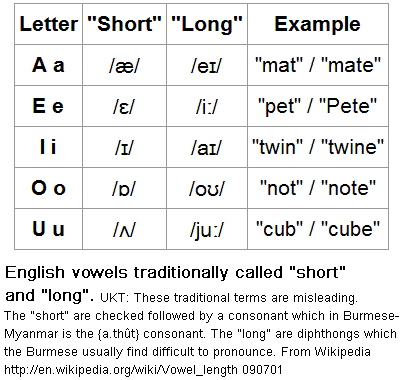 Long vowels join consonants more smoothly (as in Russian), while short vowels join consonants more abruptly, with the consonant stopping the sound of the vowel. This phenomenon is called "strong indentation" and is explained by the fact that short vowels mostly appear in closed syllables.
Long vowels join consonants more smoothly (as in Russian), while short vowels join consonants more abruptly, with the consonant stopping the sound of the vowel. This phenomenon is called "strong indentation" and is explained by the fact that short vowels mostly appear in closed syllables.
→ Schal [ʃaːl] ~ Sch A LL [ʃal] (scarf ~ sound)
→ FETE [ Festival ~ Fat)
→ koma [ˈkoːma] ~ k o mma [ˈkɔma] (coma ~ comma)
→ Hüte [ˈhyːtə] ~ h üul [ (hats ~ hut, hut)
15. Shva
In many languages there are so-called reduced shva sounds. There are two such sounds in German.
The first of these is always displayed with the letter  e., it is practically inaudible. The quality of her pronunciation depends only on the rate of speech:
e., it is practically inaudible. The quality of her pronunciation depends only on the rate of speech:
→ b E Reit [bəˈʁaɪt] (ready, ready)
→ LEB E N [ˈleːbən] (live) E M [ˈAAːTá (Breath)
→ Ig E L [ˈiːɡəl] (Hedgehog)
→ Aug E [ˈaʊgə] (Eye) E e [ ] (vegetables)
The second schwa sound in German is the middle of [a], [ɔ] and [ə]. This sound can be displayed either by the letter
→ Fü r [FYːɐ] (for)
→ Wi R [VIːɐ] (we)
→ Natu R [Naˈtu: ɐ] (ɐ] (ɐ] (ɐ] ( Nature)
→ Frisö R [Fifts of ’Zuffa] (hairdresser)
→ Mutte R /Mutt ER [ˈmʊtɐ] (mother) (mother) (mother) (mother) (mother) (mother) (mother) (Mother gessen/v er gessen [fɛɐˈgɛsən]/[fɐˈgɛsən] (forget)
| Notes: ► For a better understanding of all the rules you need to listen to the audio ! ► These rules are a general overview and after the first acquaintance do not need to be memorized, because understanding and ability to apply many points comes only in the process of studying and practice . 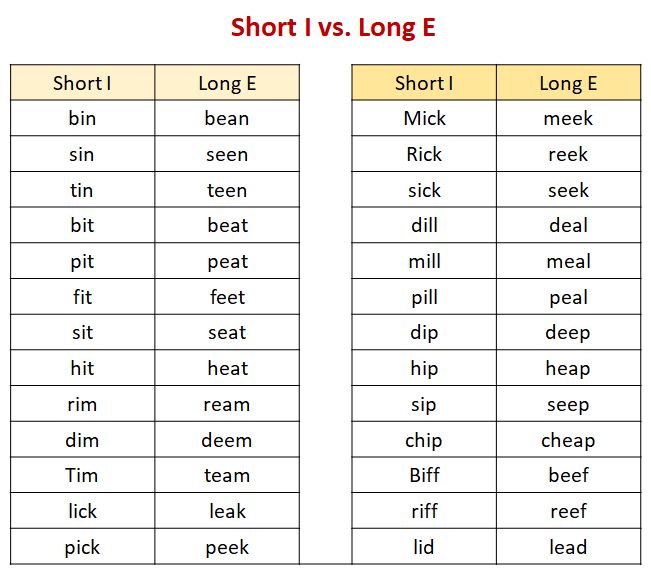 ► The concept of "hard and soft consonants" has 9 in Russian and German0004 are completely different values. The German language simply means voiceless and voiced consonants, so if a German insists that "the consonant ► Unlike modern German, to which the rules in this article correspond, before the first stage of the German spelling reform, the consonant letter <ẞ> was most often placed after short vowels. Accordingly, older people still combine it with short vowels, which introduces foreigners learning German into delusion . More information on this topic can be found in the Spelling section. ► Singing - art that does not reflect real speech. Since the German speech itself is less melodic, some of the moments indicated in this article (for example, a hard attack), for a more melodic sound when singing , are excluded. |

